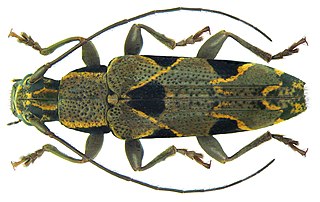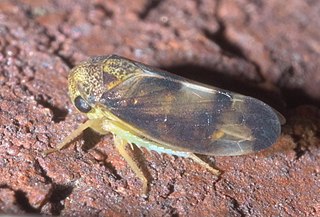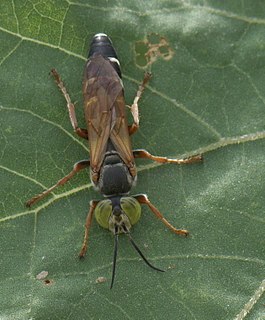Related Research Articles

Arion distinctus is a species of air-breathing land slug in the family Arionidae, sometimes known as the roundback slugs. It is a terrestrial pulmonate gastropod mollusc. Several vernacular names exist, but it is unclear if they are much in use: brown soil slug, common garden slug, darkface arion, Mabille's orange-soled slug, April slug.

Philopotamidae is a family of insects in the order Trichoptera, the caddisflies. They are known commonly as the finger-net caddisflies.

Nobuyuki Tanaka is an economic botanist at the Tokyo Metropolitan University, the Makino Botanical Garden in Kōchi Prefecture, Japan.

Dogsthorpe Star Pit is a 36.4 hectare biological Site of Special Scientific Interest (SSSI)) on the eastern outskirts of Peterborough in Cambridgeshire. It is also designated a Local Nature Reserve, and it is managed by the Wildlife Trust for Bedfordshire, Cambridgeshire and Northamptonshire.
Hellinsia distinctus is a moth of the family Pterophoridae that is found from Europe to India, Korea, Japan, China and Russia. Within Europe, it is found from Germany and the Benelux east to Poland, Slovakia, Hungary and Romania, from Italy north to Fennoscandia, and in Greece, Estonia, Latvia and northern and central Russia.
Copelatus distinctus is a species of diving beetle. It is part of the genus Copelatus of the subfamily Copelatinae in the family Dytiscidae. It was described by Aubé in 1838.
Estolomimus is a genus of longhorn beetles of the subfamily Lamiinae, containing the following species:
Estolomimus abjunctus is a species of beetle in the family Cerambycidae. It was described by Martins and Galileo in 2002. It is located in Bolivia.
Estolomimus lichenophorus is a species of beetle in the family Cerambycidae. It was described by Martins and Galileo in 2002. It is known from Brazil.
Estolomimus maculatus is a species of beetle in the family Cerambycidae. It was described by Martins and Galileo in 2002. It is known from Brazil.
Estolomimus transversus is a species of beetle in the family Cerambycidae. It was described by Martins and Galileo in 2002. It is known from Brazil.
Estolomimus pulvereus is a species of beetle in the family Cerambycidae. It was described by Martins and Galileo in 1997. It is known from Brazil.
Estolomimus apicale is a species of beetle in the family Cerambycidae. It was described by Martins and Galileo in 1997. It is known from Brazil.
Estolomimus solidus is a species of beetle in the family Cerambycidae. It was described by Stephan von Breuning in 1940. It is known from Brazil.
Estolomimus marmoratus is a species of beetle in the family Cerambycidae. It was described by Stephan von Breuning in 1940. It is known from Brazil.

Tmesisternus distinctus is a species of beetle in the family Cerambycidae. It was described by Jean Baptiste Boisduval in 1835.
Dolophilodes distinctus is a species of caddisfly in the Philopotamidae family. The larvae are found in streams in eastern North America where they build net-like retreats.

Pediopsoides distinctus is a species of leafhopper in the family Cicadellidae.
Megamelus distinctus is a species of delphacid planthopper in the family Delphacidae. It is found in North America.

Tachytes distinctus is a species of square-headed wasp in the family Crabronidae. It is found in the Caribbean Sea and North America.
References
- ↑ BioLib.cz - Estolomimus distinctus. Retrieved on 8 September 2014.